


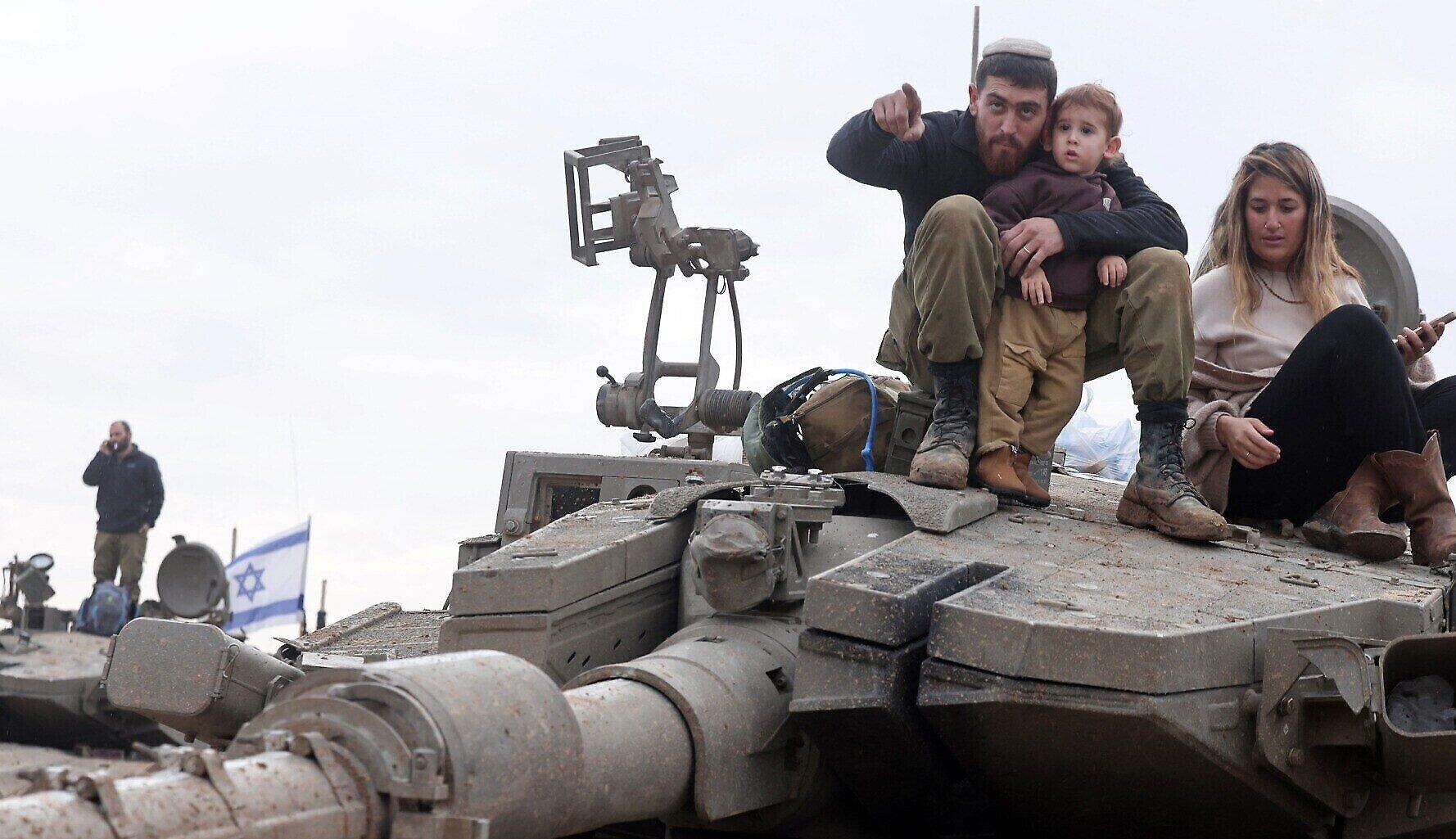
Raz Elkayam was thousands of miles from home on October 7, 2023, accompanying his grandmother on her first trip abroad in Rome, when the messages began flooding in: His hometown of Sderot in southern Israel and communities in the Gaza envelope were under attack. His family was in hiding. Hamas terrorists were roaming the streets. Without hesitation, Elkayam dropped everything, booked the first flight back to Israel, and reported for reserve duty.
A full-time student at Tel Aviv University, 27-year-old Elkayam put his academic career on hold to serve as an officer and commander in the Oded Reserve Infantry Brigade. He spent the next three months stationed on the volatile northern border, under heavy Hezbollah shelling.
A month into his service, in the midst of the chaos, Elkayam learned that his close friend Ori Danino had been kidnapped by Hamas. Danino was later confirmed to have been murdered in captivity along with five other hostages. The news was devastating, but Elkayam says Danino’s memory remains a driving force that helps him stay focused and motivated even through the most difficult stretches of service.
Even with the personal losses and demands of military duty, Elkayam has remained committed to his studies. Enrolled in a dual-degree program in biomedical engineering and biology, he has faced immense pressure to maintain his academic performance.
“I missed three-quarters of my first semester,” he told The Times of Israel. Still, with the support of faculty and classmates, he managed to catch up — no small feat considering he has repeatedly been called back to the reserves and has amassed some 350 days of service since October 7.
“I feel like the university provides for and supports [reservists] a lot,” he said, praising his school’s flexibility and willingness to accommodate academic needs.
Alongside flexibility on the part of universities and workplaces across Israel, as reservists continue to form a core manpower base for the ongoing war, new grassroots efforts within the IDF’s ranks themselves are allowing reservists the chance to keep themselves going in the army — and keep up on the home front.
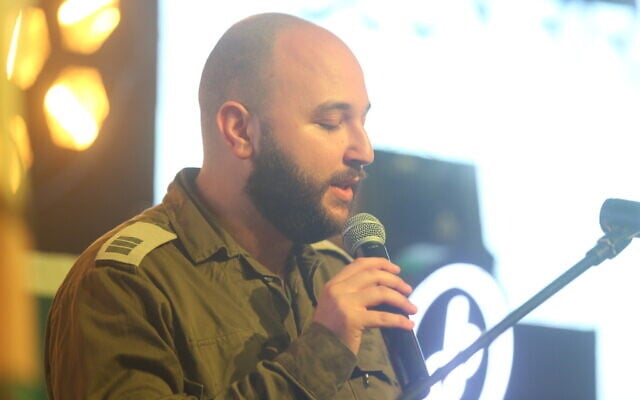
Hamas’s October 7 onslaught was the bloodiest day for the Jewish people since the Holocaust, with some 1,200 people butchered in southern Israel and 251 abducted to the Gaza Strip. Following the invasion, Israel declared war on Hamas with the stated goals of rescuing the hostages and ousting the terror group from power. To that end, the IDF mobilized 300,000 reservists — many of whom reported for duty with overwhelming enthusiasm, some even volunteering before receiving official call-up orders.
In early May, as the ongoing conflict in Gaza entered its 20th month, the military once again summoned tens of thousands of reservists after announcing an expanded offensive against Hamas. Just three weeks later, the IDF revealed plans to seize control of 75% of the territory within two months — a large-scale operation that will rely heavily on reserve forces to supply the necessary manpower.
Despite recent reports suggesting a decline in morale as the fighting stretches on, Dr. Ariel Heimann, a senior researcher at the Institute for National Security Studies (INSS) and the IDF’s first chief reserve officer, was hesitant to characterize it as a drop in motivation.
“If [another] war broke out tomorrow, every last reservist would report for duty,” Heimann said.
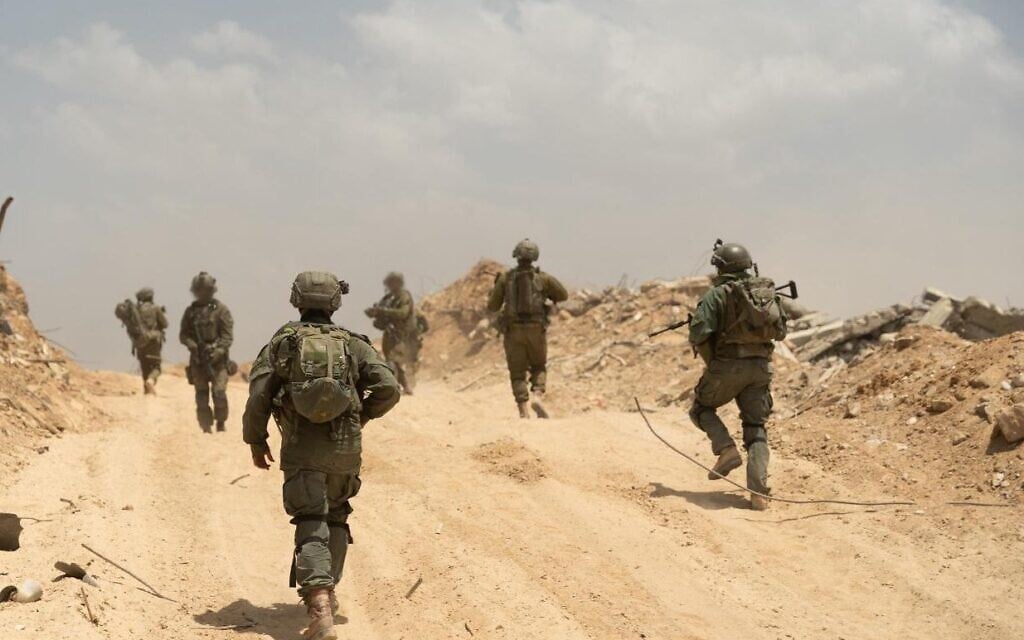
Still, he acknowledged the difficulty of sustaining that level of motivation over time, particularly as repeated call-ups take a mounting toll on soldiers’ jobs, families, and studies.
“The burden is heavy,” he noted, citing conversations he has had with reservists.
Keren Leibovich, 39, a reservist combat medic, echoed Heimann’s concerns, sharing a moment that starkly illustrated the emotional toll of reserve duty. She recalled the shock of learning that a soldier in her brigade had taken his own life.
“Suddenly, it hit me how difficult the shift between civilian life and battle is,” she said. “The understanding that your life is undergoing such a monumental change so abruptly is not easy.”
Israel’s dependence on its reserve corps isn’t new, but the last time reservists were mobilized on such a scale was during the 1973 Yom Kippur War when Egypt and Syria launched a surprise attack.
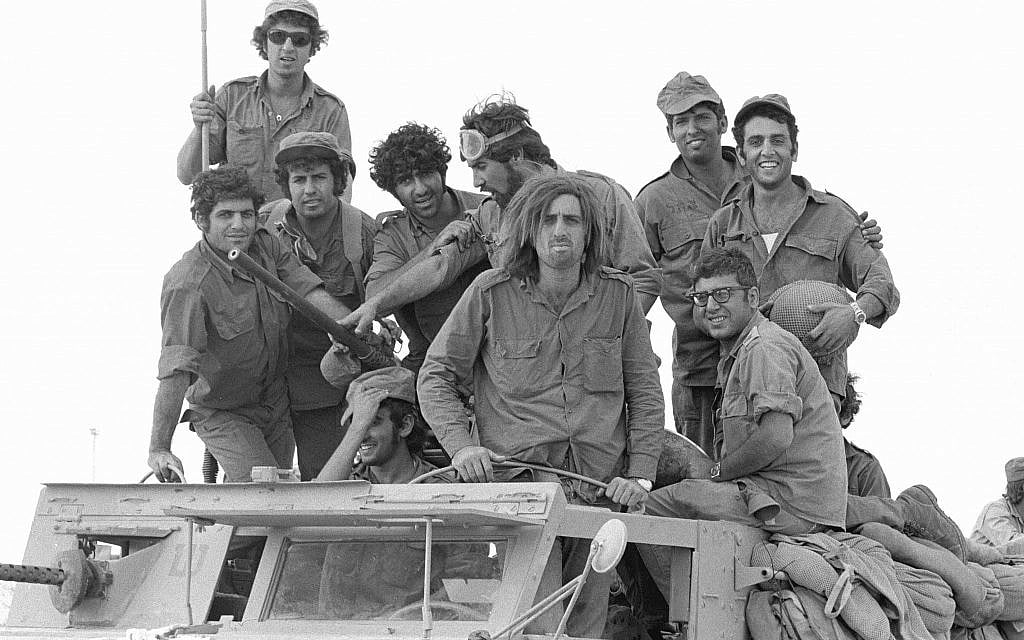
“In all of Israel’s wars and major operations, there have always been reservists,” Heimann said. He noted that the IDF’s relatively small size makes it impossible to maintain a fully professional army like that of the United States, making the reserve force an essential component of Israel’s defense strategy.
To underscore the significance of reservists in the IDF, Heimann pointed to the Golani Brigade — typically seen as a unit of conscripted soldiers — as a prime example.
“More than half of this brigade is [now consistently] comprised of reservists,” he said.
In an effort to acknowledge the personal sacrifices made by reservists, the Israeli government has expanded benefits for those serving. Most recently, on May 11, officials unveiled a “comprehensive benefit plan” valued at approximately NIS 3 billion ($838 million).
The plan — announced in a joint statement by Prime Minister Benjamin Netanyahu, Finance Minister Bezalel Smotrich, Defense Minister Israel Katz, and Justice Minister Yariv Levin — includes a range of support measures. These include unspecified tax credits, grants for employers of reservists, discounted access to government housing programs, assistance for small businesses, and priority in receiving services from various government ministries.

In addition, the IDF stated that it maintains formal channels to help fill manpower gaps in reserve units and match soldiers with roles suited to their skills and availability. Reservists who wish to transfer units or take on new responsibilities can do so via platforms like the “MilJobs” website and the “Returning to Reserves” hotline, created to link reservists to roles relevant to them.
State-funded institutions have also stepped up to support reservists. Tel Aviv University, for example, announced last Thursday that those beginning their studies next year will be eligible for a tuition discount of up to 20%.
Still, many reservists say their most meaningful support comes from the grassroots, not the government.
At Bar-Ilan University, it was the students themselves who took the lead. Shalom Dahan, 26, a law and business student who was called up on October 7, said that fellow students, with faculty backing, launched a volunteer-led initiative to help returning reservists keep pace academically.
As part of the program, full-time students are paid by the university to offer one-on-one tutoring sessions tailored to the needs of reservists.
“I feel like it’s something special and unique,” Dahan said, speaking about the group of peers helping him and others catch up. “And it really works.”

Leibovich, a pediatric physical therapist at Sheba Medical Center, has been called up three times since the war began. She struggles to reconcile her professional responsibilities with her national service.
“I felt like my place of work didn’t understand that we were in a state of war and that I was in reserves,” she said, describing how her supervisors repeatedly contacted her to ask when she would return.
“It was a terrible feeling being in reserves — my own moral compass was telling me that I do such important work in my civilian life,” Leibovich said. “I know how much these families need me. I know how much these children need me… but I just couldn’t be there to provide them that service.”
After completing her third reserve stint, Leibovich raised her concerns with hospital leadership.
“[The administration] decided to establish a team dedicated to assisting reservists,” she said.
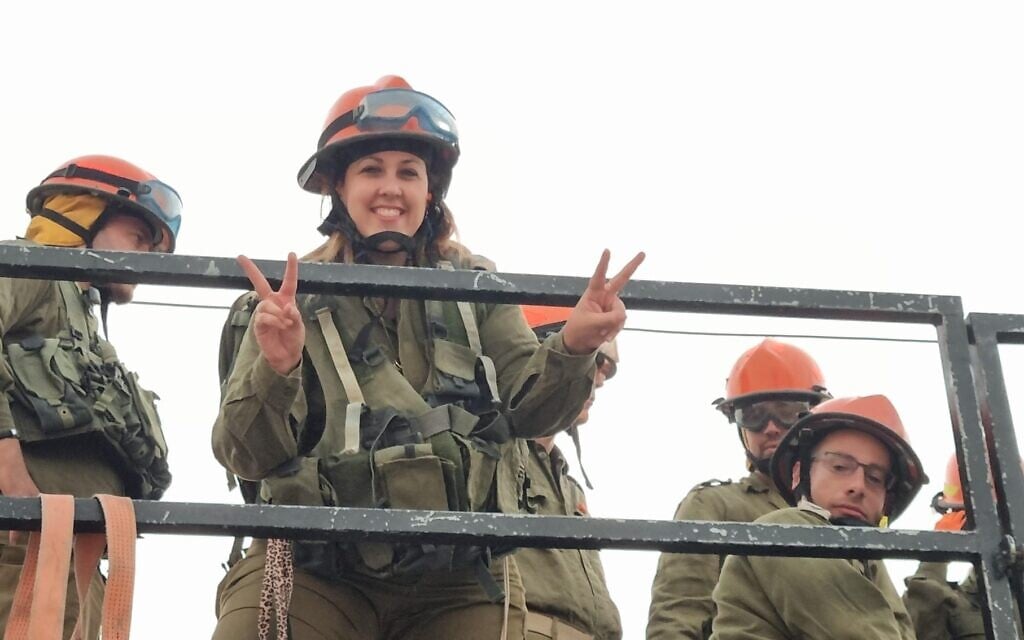
According to Leibovich, the team now reaches out to hospital staff serving in the reserves and helps address their needs, from logistical hurdles to family-related challenges, offering support services such as day camps for employees struggling with childcare.
Despite best efforts by civilian institutions, many reservists continue to face intense pressure while juggling service and personal life, particularly during extended deployments. In response, some IDF units have begun quietly implementing rotating duty schedules — one week on, one week off — in an effort to lighten the load.
Elkayam, who serves in IDF human resources, acknowledged the unofficial practice.
“It’s not legal,” he said, “but some units turn a blind eye.”
According to the IDF, a “week on, week off” schedule is allowed only when reservists are not under an open emergency notice (Tzav 8). Under Tzav 8, official policy grants three days of leave and nine days of recovery for every 11 days of active duty, assuming the full deployment is completed. While some units have preplanned rotations, such flexibility isn’t possible during sudden call-ups, as with more recent operations.
The IDF said it is acutely aware of the immense strain reserve duty places on soldiers and their families, adding that it “continues to support them not through slogans, but through clear and ongoing actions.”
In recent months, the IDF said it has taken steps to ease the strain on reservists. These efforts include structured rest periods and mental health support, signaling a growing recognition within the IDF that sustaining Israel’s war effort depends not only on reservists’ sense of duty
but on the systems that support them when the uniform comes off.
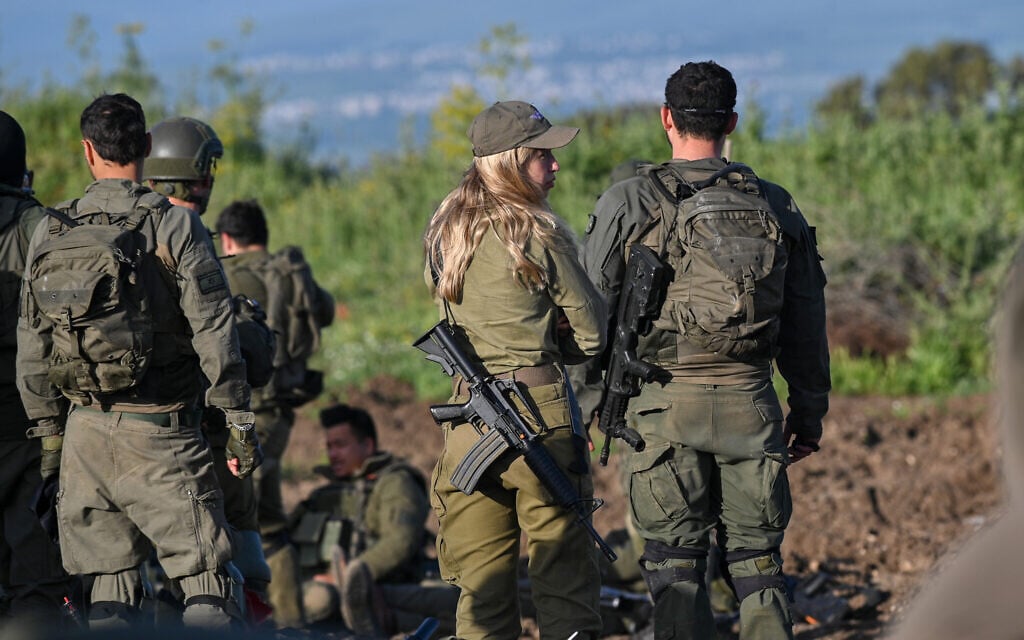
While his own brigade does not allow it, Elkayam said he understands the reasoning for rotating schedules.
“We do need to recognize the need for it, though… We need to give more attention and breathing room to those serving in reserves,” he said. “Right now it’s not allowed, but I wish it were.”
“Ido,” 24, a reservist who requested anonymity, serves in an IDF aerial defense unit and has seen firsthand how a more balanced schedule can ease the toll on reservists.
“I got the call-up order on October 10 — three days after the war began,” he recalled.
Ido served continuously from the outbreak of the war until March 2024 and has since been called up intermittently, racking up 250 days in uniform.
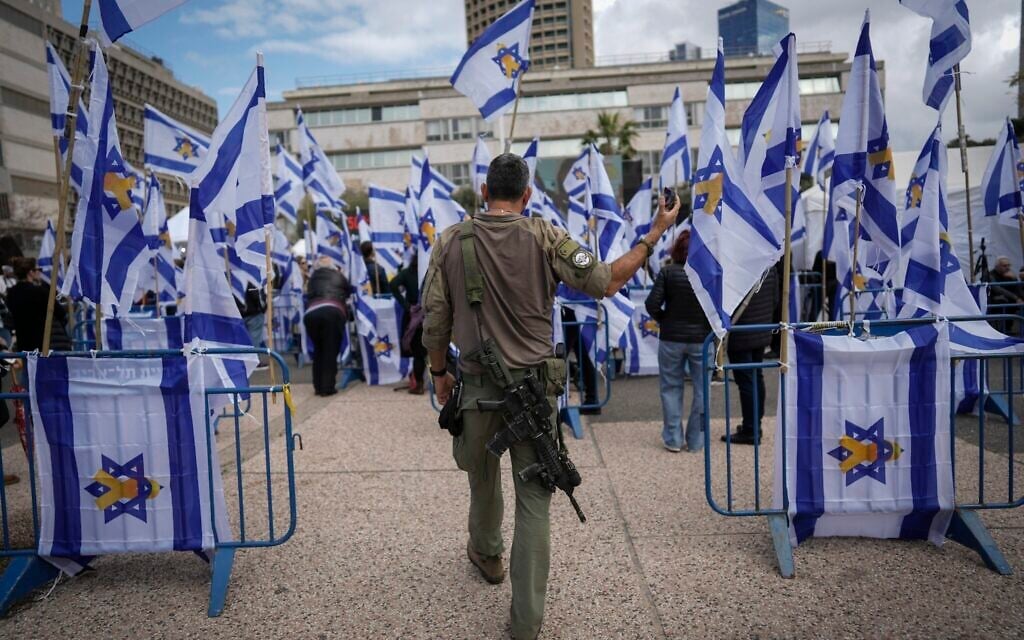
“Of course, at the start of the war, motivation was as high as could be,” he said.
But as the fighting continued and a sense of routine set in, morale began to slip. Understanding that the fighting would not be over quickly, Ido’s battery eventually shifted to a rotating schedule: one week on base, followed by one week off.
The idea, he explained, was to help reservists “at least partially maintain their personal lives.”
For Ido, who lives in northern Israel but spent most of his service stationed in the south, the alternating schedule made a noticeable difference.
“It really does ease the burden,” he said. “Especially when the service gets intense.”
Yet not everyone is convinced the rotating model is a perfect solution.
Heimann warned that dividing reservists into rotating groups could harm unit cohesion, explaining that from a commander’s perspective, separating troops is “not ideal.”
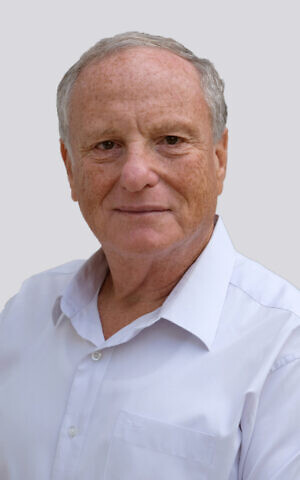
“As a commander, I would want all of my soldiers with me at all times,” he said, stressing the vital importance of cohesion and continuity within military units, where shared experience, culture, and tradition play a key role in operational effectiveness.
Still, he acknowledged the constraints facing commanders on the ground.
“There are market conditions,” he said. “Some reservists are already on their fifth call-up, serving for 70 days at a time — they simply can’t sustain this pace.”
When asked whether the staggered framework was a viable solution, Heimann replied bluntly: “There is no other option.”
